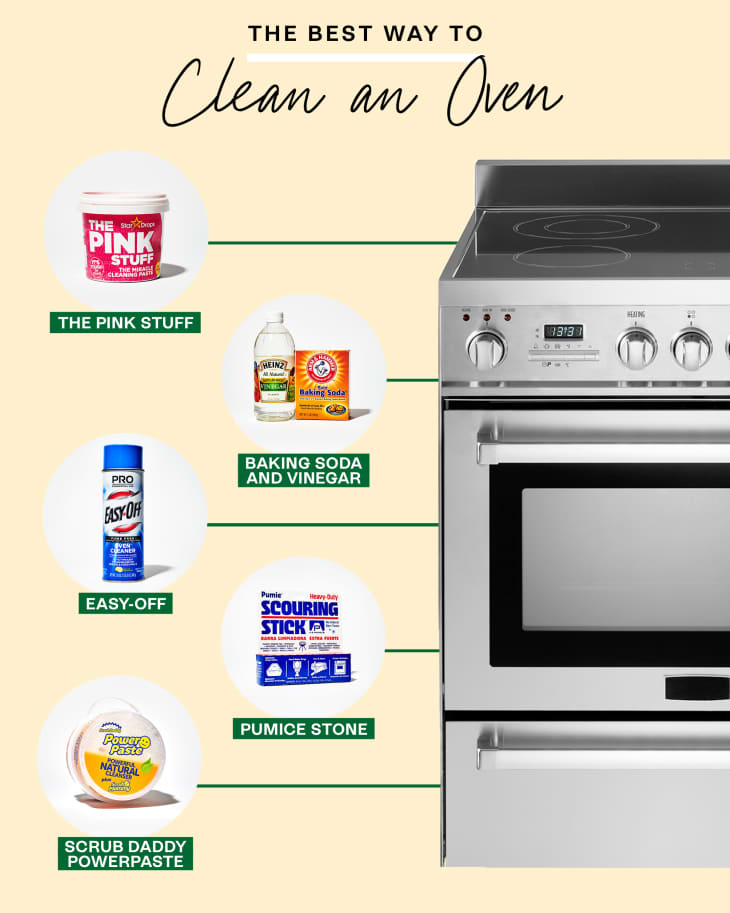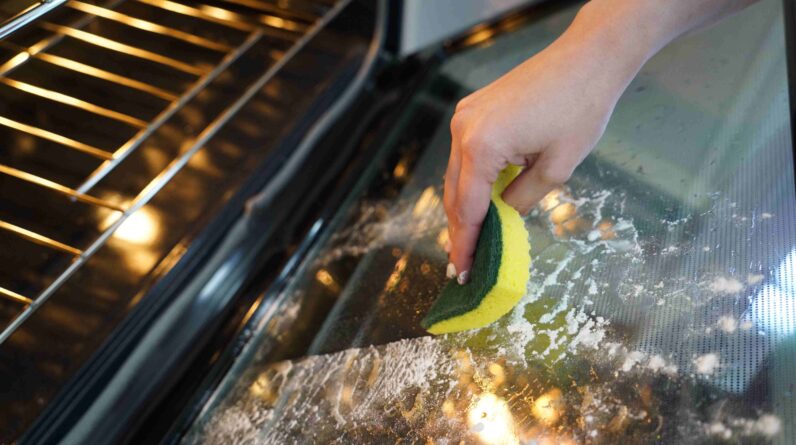
If you’ve ever pondered the question of whether baking soda can work its magic on your oven, you’re not alone. With its versatile cleaning properties and natural abrasive texture, baking soda has gained a reputation for being an effective multi-purpose cleaner. But can it really tackle the tough job of cleaning your oven? Let’s find out.
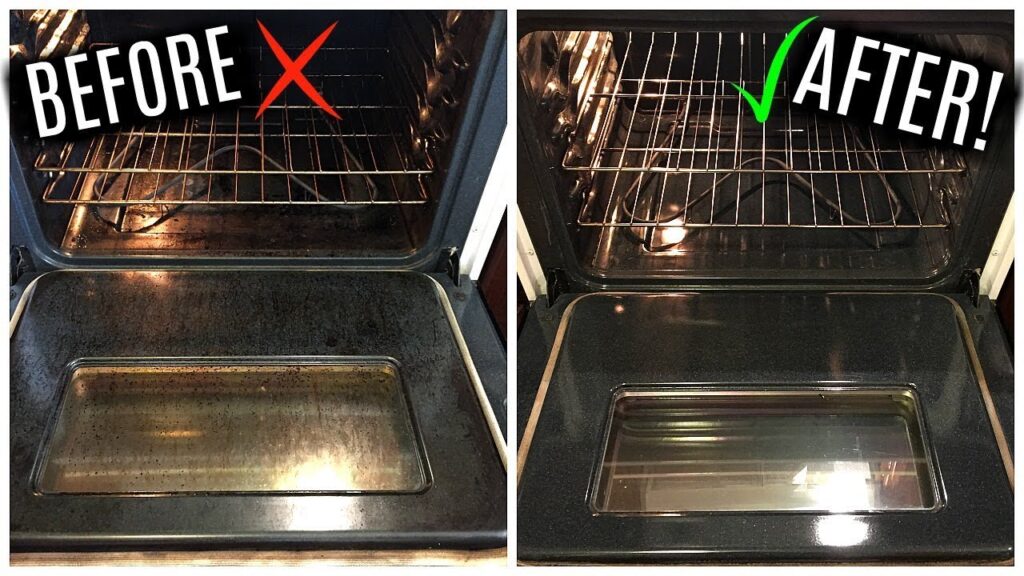
Benefits of using baking soda for oven cleaning
Cleaning your oven regularly is an important part of kitchen maintenance. Not only does it ensure that your oven functions properly, but it also keeps your food tasting fresh. When it comes to oven cleaning, using baking soda has proven to be a fantastic option for a number of reasons. Let’s explore the benefits of using baking soda for oven cleaning.
Effectiveness of baking soda
One of the major benefits of using baking soda for oven cleaning is its effectiveness. Baking soda, also known as sodium bicarbonate, is a powerful cleaning agent that can break down burnt-on food and grease. Its fine particles act as a gentle abrasive, allowing you to scrub away stubborn stains without scratching the surface of your oven. Whether you have a conventional oven or a self-cleaning one, baking soda can effectively tackle the mess and leave your oven sparkling clean.
Non-toxic and safe
Using baking soda for oven cleaning is not only effective but also safe. Unlike many commercial oven cleaners that contain harsh chemicals, baking soda is non-toxic and environmentally friendly. This means that you can clean your oven without worrying about harmful fumes or residue. Baking soda is a natural ingredient that is safe to use around children and pets, making it an ideal choice for keeping your kitchen clean and healthy.
Cost-effective solution
Another advantage of using baking soda for oven cleaning is its cost-effectiveness. Baking soda is an affordable household item that is readily available. You don’t need to spend a fortune on expensive oven cleaners when you can achieve the same results with baking soda. By using this versatile ingredient, you can save money and still keep your oven in pristine condition.
Preparing the oven for cleaning
Before diving into the cleaning process, it is important to prepare your oven properly. Here are two essential steps to take before using baking soda to clean your oven:
Removing racks and trays
Start by removing the oven racks and trays. Cleaning them separately will make the overall cleaning process easier and more effective. Soak them in warm, soapy water to loosen any baked-on food or grease. Once you’ve finished cleaning the rest of the oven, you can scrub and rinse the racks and trays before placing them back inside.
Scraping off loose debris
Next, use a damp cloth or sponge to scrape off any loose debris from the interior of your oven. This includes any food residue or large pieces of burnt food. By removing these loose particles, you’ll make it easier for the baking soda to deeply penetrate and clean the oven surface.
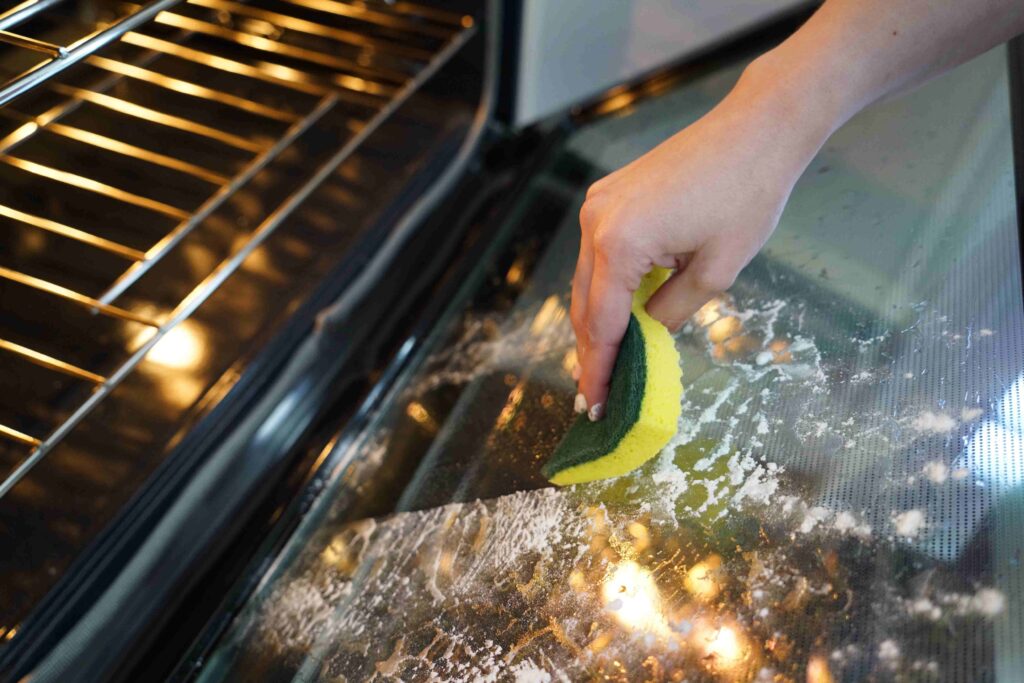
Different methods of cleaning with baking soda
There are two popular methods for cleaning your oven using baking soda: the baking soda paste method and the spray bottle method. Let’s take a closer look at each one:
Baking soda paste method
The baking soda paste method is a tried-and-true technique for deep cleaning your oven. It involves making a paste by combining baking soda with water, which is then applied to the oven surface.
Spray bottle method
The spray bottle method offers a convenient way to apply baking soda solution to your oven. Instead of making a paste, you create a solution by dissolving baking soda in water and spraying it onto the oven walls and floor.
Using baking soda paste to clean the oven
The baking soda paste method is an effective way to tackle tough oven stains. Here’s how to use baking soda paste to clean your oven:
Making the paste
To make the baking soda paste, mix equal parts baking soda and water in a bowl. You can adjust the quantity depending on the size of your oven, but a half cup of each ingredient should be sufficient for most domestic ovens.
Applying the paste
Using a sponge or a gloved hand, apply the baking soda paste to the interior of your oven. Make sure to cover all sides, focusing on areas with stubborn stains or grease buildup. The paste should be thick enough to stick to the oven walls and surfaces.
Letting it sit
After applying the paste, let it sit for at least 12 hours or overnight. This allows the baking soda to work its magic and break down the grime and residues. During this time, the paste will dry up and become crusty.
Wiping away the paste
Once the paste has dried, wipe it away with a damp cloth or sponge. You may need to put in some elbow grease to remove stubborn stains. Rinse the cloth or sponge frequently to ensure that you’re not spreading the paste around.
Using a spray bottle with baking soda solution
If you prefer a less messy approach, the spray bottle method can be a great alternative. Follow these steps to clean your oven using a baking soda solution:
Making the solution
In a spray bottle, mix one part baking soda with two parts water. Shake the bottle well to ensure that the baking soda is fully dissolved. You can also add a few drops of dish soap for extra cleaning power.
Spraying the solution
Spray the baking soda solution onto the oven walls and floor, making sure to cover all areas. The solution should be evenly distributed, creating a thin layer on the oven surface.
Letting it sit
Allow the baking soda solution to sit for at least two hours. This will give the baking soda enough time to penetrate and loosen the grime and grease.
Wiping away the solution
After the solution has had time to work, wipe it away with a damp cloth or sponge. You may need to scrub a bit to remove stubborn stains. Rinse the cloth or sponge regularly to avoid smearing the solution.
Dealing with stubborn stains and grease
While baking soda is effective at removing most stains and grease, some stubborn marks may require additional measures. Here are two techniques for dealing with tough stains and grease:
Using a vinegar solution
If baking soda alone is not enough to remove stubborn stains or grease, you can try using a vinegar solution. Mix equal parts vinegar and water in a spray bottle and spray it onto the affected areas. Let it sit for a few minutes before wiping away with a damp cloth or sponge. The vinegar’s acidic properties will help break down the grime and make it easier to remove.
Scrubbing with a nylon brush
For extremely tough stains, you may need to use a nylon brush to scrub the surface. Wet the brush with warm water and gently scrub the stained areas. Be careful not to scrub too aggressively, as this could damage the oven surface. Rinse the brush frequently to remove any loosened debris.
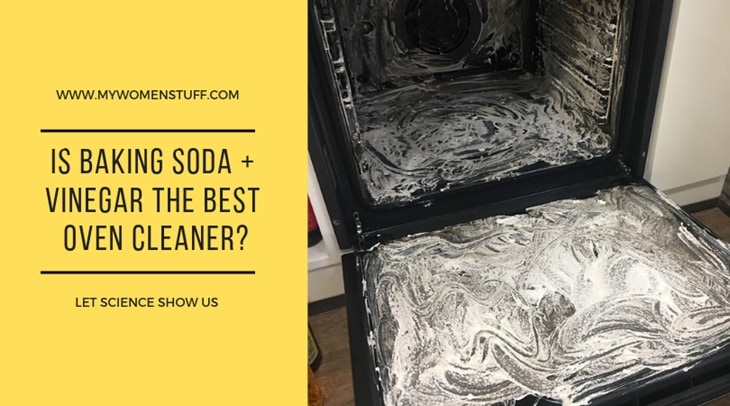
Precautions and safety measures
While using baking soda for oven cleaning is safe, it is important to take precautions and follow safety measures to protect yourself and your surroundings. Here are a few guidelines to keep in mind:
Wearing gloves
To protect your hands from the abrasive nature of baking soda, wear gloves while cleaning your oven. This will prevent any irritation or dryness that may occur from direct contact with the paste or solution.
Ensuring good ventilation
Since you’ll be working with baking soda and potentially vinegar, it’s essential to have good ventilation in your kitchen. Open windows or turn on the exhaust fan to ensure proper airflow and minimize any odors.
Avoiding contact with eyes or ingestion
Baking soda is generally safe to use, but it’s important to avoid contact with your eyes or ingestion. If any baking soda or cleaning solution gets into your eyes, rinse them immediately with water. If swallowed, drink plenty of water and seek medical advice if necessary.
Cleaning the oven door and glass
The oven door and glass should not be neglected during the cleaning process. A dirty oven door can negatively impact the overall appearance of your kitchen. Here’s how to clean the oven door and glass:
Removing the door
Most oven doors can be removed for easier access to the glass. Consult your oven’s manual for instructions on how to safely remove the door. Once removed, lay the door flat on a padded surface to prevent scratches.
Cleaning the glass
To clean the oven glass, spray the baking soda solution directly onto it. Let it sit for a few minutes, then scrub gently with a nylon brush. Wipe away the solution with a damp cloth or sponge, rinsing frequently. If necessary, repeat the process until the glass is sparkling clean.
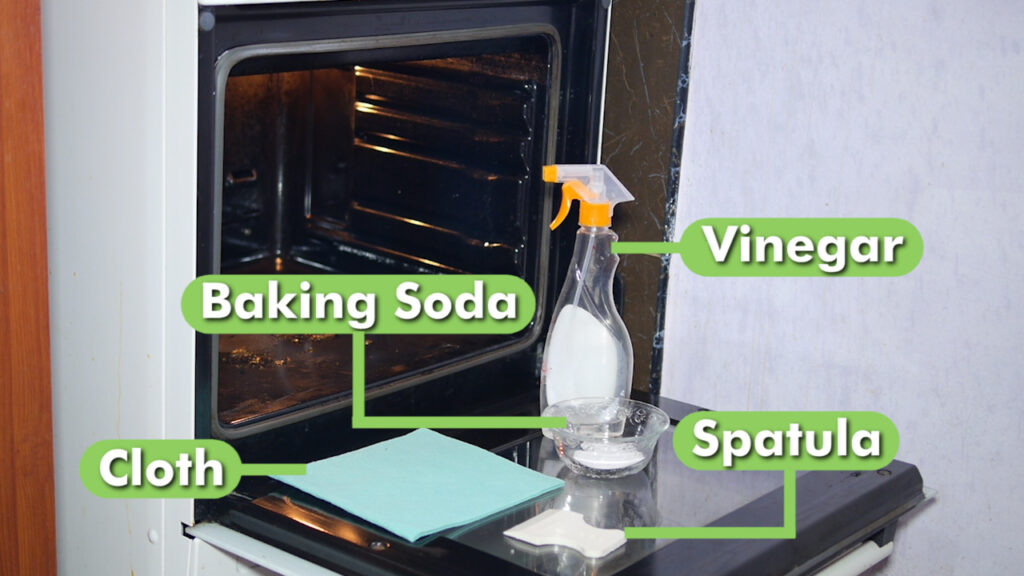
Maintaining a clean oven
Now that your oven is sparkling clean, it’s important to maintain its cleanliness and prevent future buildup of grime and grease. Here are a few tips for maintaining a clean oven:
Regular wipe-downs
After each use, give your oven a quick wipe-down with a damp cloth or sponge. This will remove any spills or drips before they have a chance to bake onto the oven surface.
Preventing spills and drips
To minimize the chances of spills and drips, use oven-safe containers and pans while cooking. Use baking sheets or oven liners to catch any potential drips and spills. This will make it easier to keep your oven clean and avoid tough stains.
Using oven liners
Consider using oven liners to further protect the bottom of your oven from spills and drips. These liners are designed to catch any food or grease that may fall through the rack. They can be easily removed and cleaned, saving you time and effort in the long run.
Conclusion
Using baking soda for oven cleaning is a cost-effective, safe, and effective solution. Whether you choose to make a baking soda paste or use a spray bottle with a baking soda solution, you can effectively remove stubborn stains and grease from your oven. By taking proper precautions and following safety measures, you can clean your oven without any worries. Don’t forget to maintain a clean oven by regularly wiping it down and preventing spills and drips. With these tips and techniques, you can keep your oven sparkling clean and enjoy delicious meals with peace of mind.
